The ultimate guide to camping on the Great Wall of China. Everything you need to know to plan one a night on the Great Wall, including transportation, the hiking route, and where to camp.
When I tell people that I’ve camped on the Great Wall of China, they don’t believe me at first. They ask, “how on earth did you manage to do that!?“. Before my trip to China, I didn’t know it was possible to camp on the Great Wall either.
After meeting another backpacker at my hostel in Beijing and learning about how he did it, I managed to successfully do it myself. In this post, I’ll explain exactly how you can camp on the Great Wall at the Jiankou-Mutianyu section.
Contents
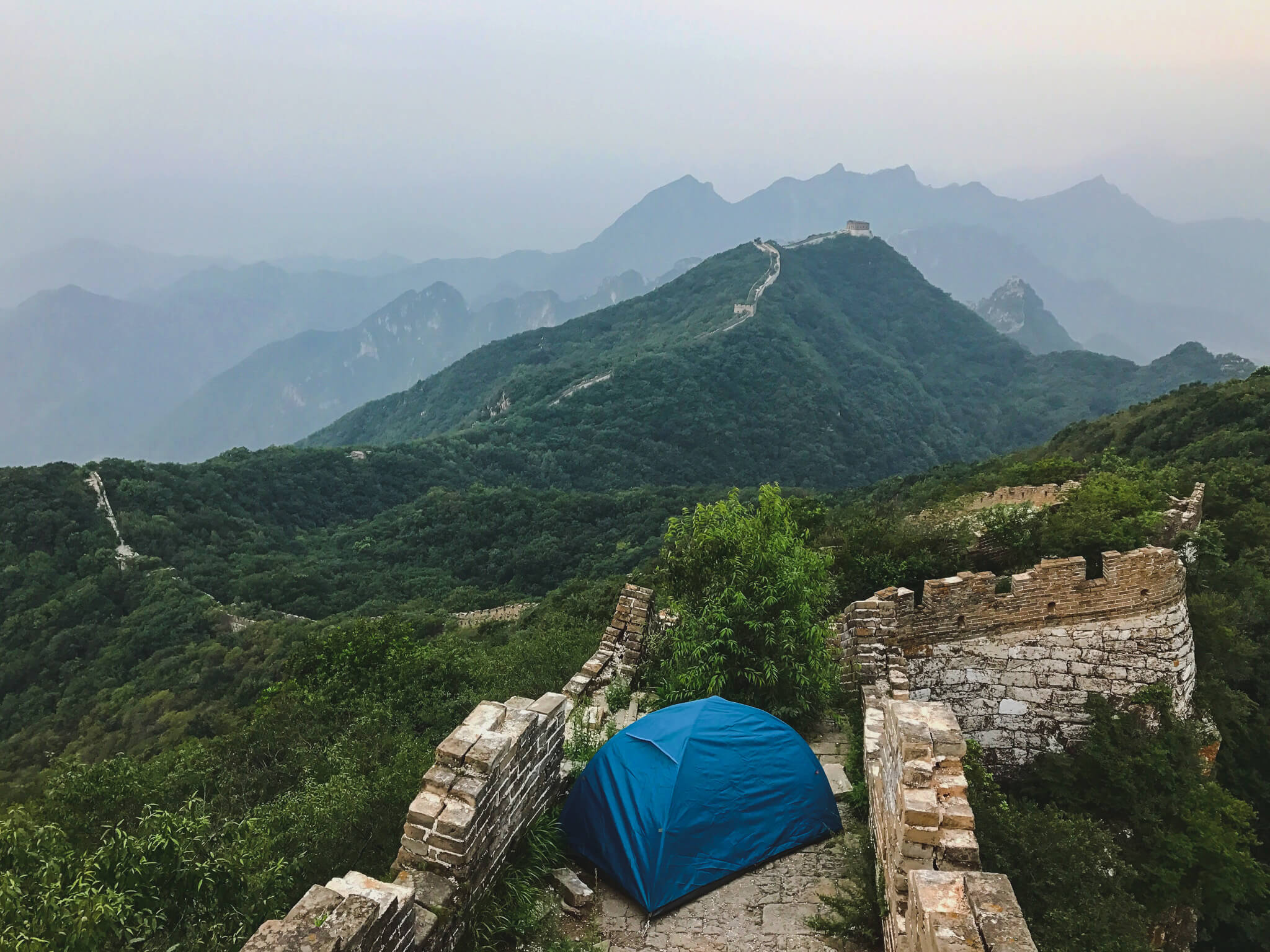
Jiankou-Mutianyu Great Wall Hike
To sleep on the Great Wall you need to visit an unrestored section that’s safe enough to hike on, and the Jiankou – Mutianyu section is perfect for this.
You’ll start at Jiankou, a wild, untouched, and overgrown section. About 8 kilometres from Jiankou is the restored Mutianyu section of the wall. This hike is done by travellers fairly frequently with hiking companies in Beijing, but it’s rare for people to spend the night.
If you plan on hiking/camping on the Great Wall, please be respectful and follow leave no trace principles. By doing this, you help keep the Great Wall in good condition for future visitors.
Sleeping on the Great Wall of China isn’t exactly legal, so be respectful and leave it in the same condition that you found it (or even help clean it up if you find trash!).
Here’s a map of the Jiankou Great Wall route:
The map is probably a bit confusing, so let me explain. Coming from Beijing, your starting point will be the Team 2 Xizhazi Village location.
Travel Insurance for Hiking on the Great Wall
No matter where you go, you should always have travel insurance – China is no exception.
I personally use and recommend World Nomads. It’s designed for adventurous travellers with cover for overseas medical, evacuation, baggage and a range of adventure sports and activities (this is important if you plan on hiking the Great Wall of China!).
Where to Stay in Beijing
You’ll be starting and ending your Great Wall camping trip from Beijing, so you’ll want a nice place to stay while there.
I recommend the Leo Hostel – it’s located right downtown and has a nice common area to hang out in. It’s also very close to a metro stop, which is useful for getting to Dongzhimen Outer Bus Station quickly (see why below).
How to get to Xizhazi Village
Probably the most difficult part of this whole ordeal is actually getting to the trail-head. It’ll likely take you 3 hours or so.
In Beijing, take the subway to the Dongzhimen Outer Bus Station and take bus 916 to Huairou (stop Qing Chun Lu Bei Kou). This will take around two hours and cost 12 RMB.
To get to Xizhazi from the Yujiayuan stop, you can either take local bus H25 at 11:30 or 16:30 or take a Didi Taxi (approximately 80 RMB).
I chose to take a taxi because I didn’t want to wait for the bus, and was able to get one for around 100 RMB. Via the bus or Taxi, the ride to Xizhazi takes about 1 hour. In the village, locals will point you to the mountain path trailhead.
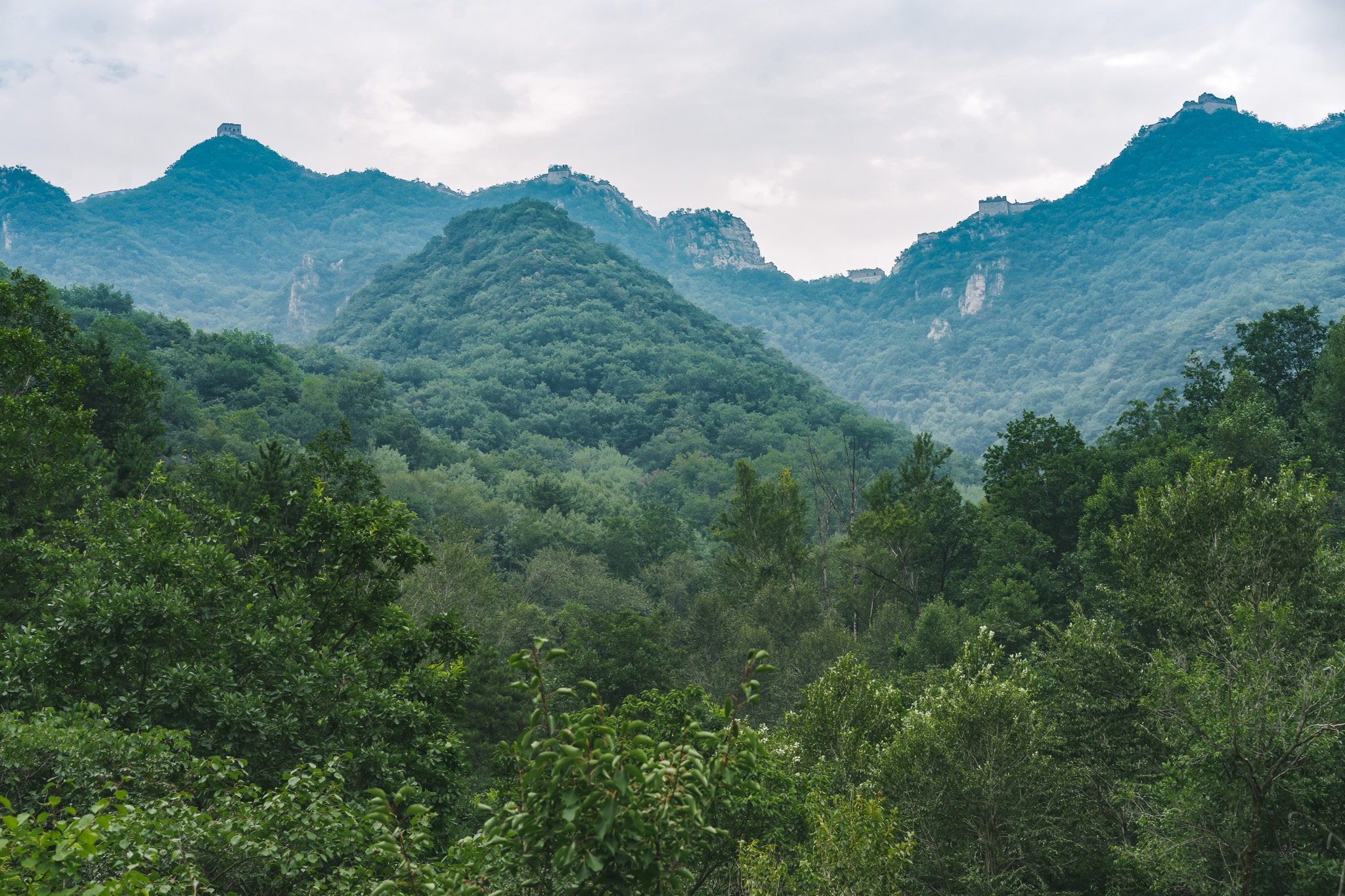
Hiking the Jiankou Great Wall
The mountain path takes an hour or so and brings you right to the Zhengbeilou Tower. This tower has a ladder to climb up on the wall, and there’s often a local charging a 5 RMB ($1) fee to use it. From the Zhengbeilou Tower, head east towards Mutianyu.
Overall, the hike should be pretty straightforward. As long as you follow the wall, it’s pretty hard to get lost. After you spend the night, it’s just a few more kilometres to the restored Mutianyu section where you’ll be able to descend.
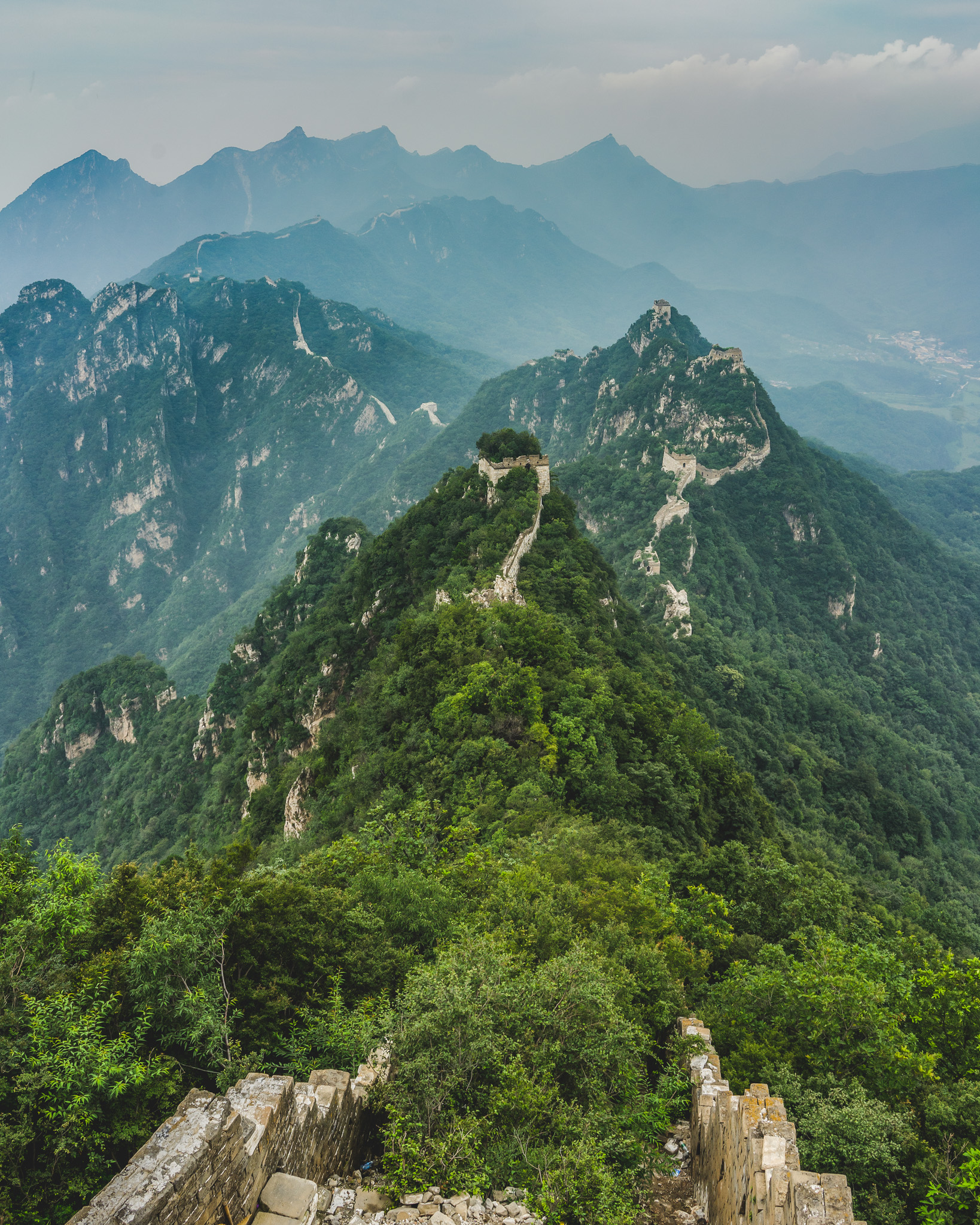
Camping on the Jiankou Great Wall
Camping anywhere on the unrestored Jiankou section is likely fine, but I’d recommend moving away from the Zhengbeilou Tower (so the locals don’t bother you).
I made my way to the Ox Horn Ridge, the highest point on the route. The views from on the Ox Horn are incredible, so I highly recommend camping up here. The ascent/descent from the ridge is quite steep and is on smooth rock, so if it’s raining or icy you might want to avoid going up. There’s a bypass path (marked on the map) that you can take instead.
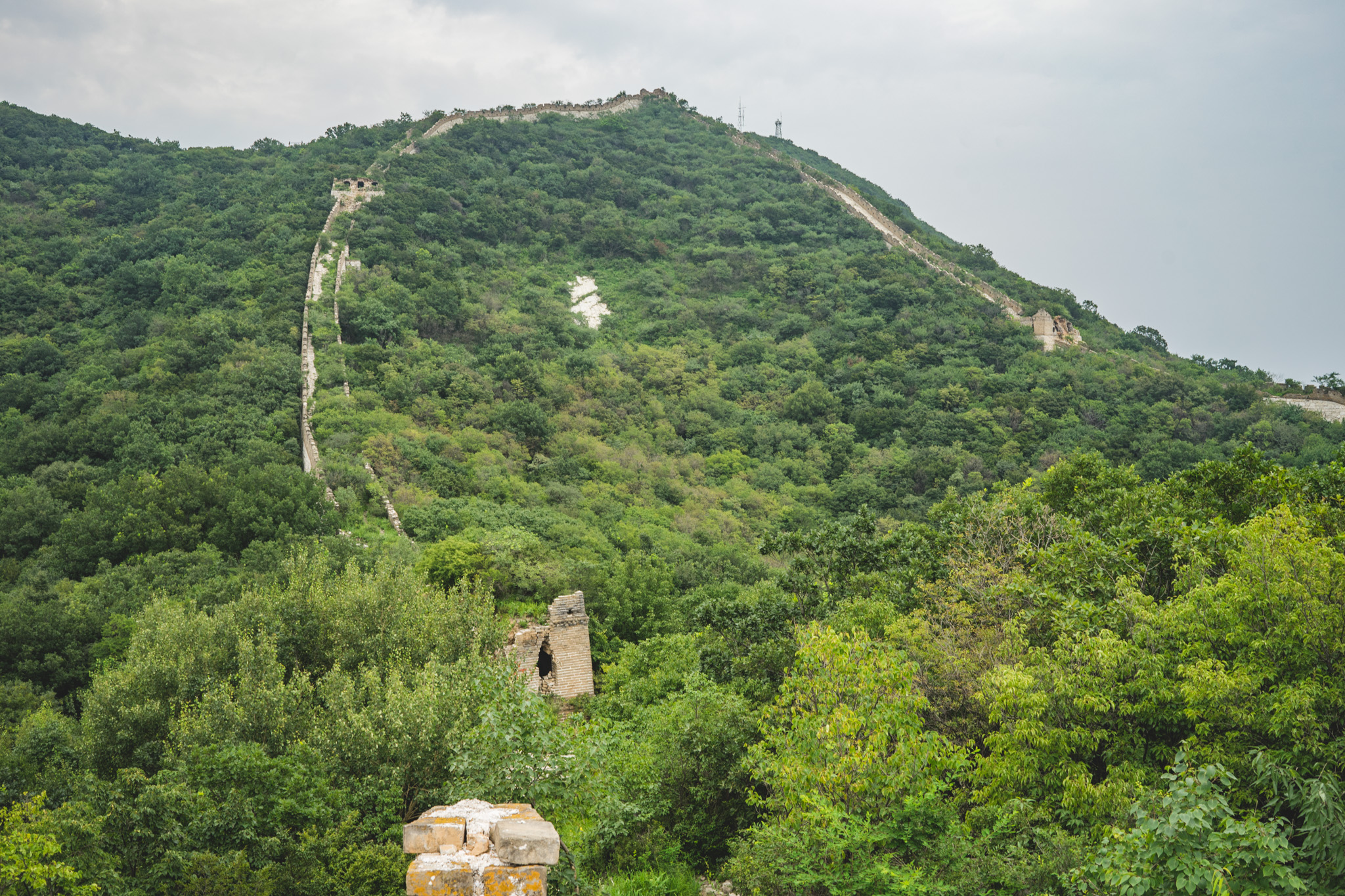
Getting to Beijing from Mutianyu
Heading back to Beijing is much more straightforward. After finishing off your morning hike to the Mutianyu section of the wall, you can follow the paths down to the entrance area (or take the slide if you don’t mind paying a few extra RMB).
If you arrive at the Mutianyu entrance area early in the morning, there might not be any buses heading back to Beijing yet. In that case, there are a few basic places to eat here and pass the time – although the food will be a bit pricey by Chinese standards.
Later in the morning, buses that can take you back to Beijing will arrive. The drive back will take only about 1.5 to 2 hours and should cost 30 RMB, quite a bit faster than getting to the original trail-head at Xizhazi Village.
Great Wall of China Camping Tips
- If you don’t have any camping gear with you, check out Decathlon in Beijing. They’ve got decent quality gear for low prices. I purchased the tent I slept in for around 100 RMB.
- Bring warm clothes. I underestimated what the temperatures would be up high on the wall (it was 40 degrees in Beijing).
- Finding flat parts of the wall to set up camp on can be rather difficult, so keep an eye out as you hike.
- Be a bit careful as you leave the main entrance at Mutianyu. There was a security guard at around 8 AM when I got there, but he just waved me by and didn’t seem to care. But he did seem confused as to how I was arriving there when the Mutianyu Great Wall hadn’t even opened yet.
- Bring all the food and water that you’ll need. There isn’t really anywhere to fill up water bottles after you’ve started hiking.
Let me know if you go ahead and decide to camp on the wall! I’d love to hear about your experience.
Also, check out my backpacker’s guide to travelling in China for everything you need to know to plan your trip to China!
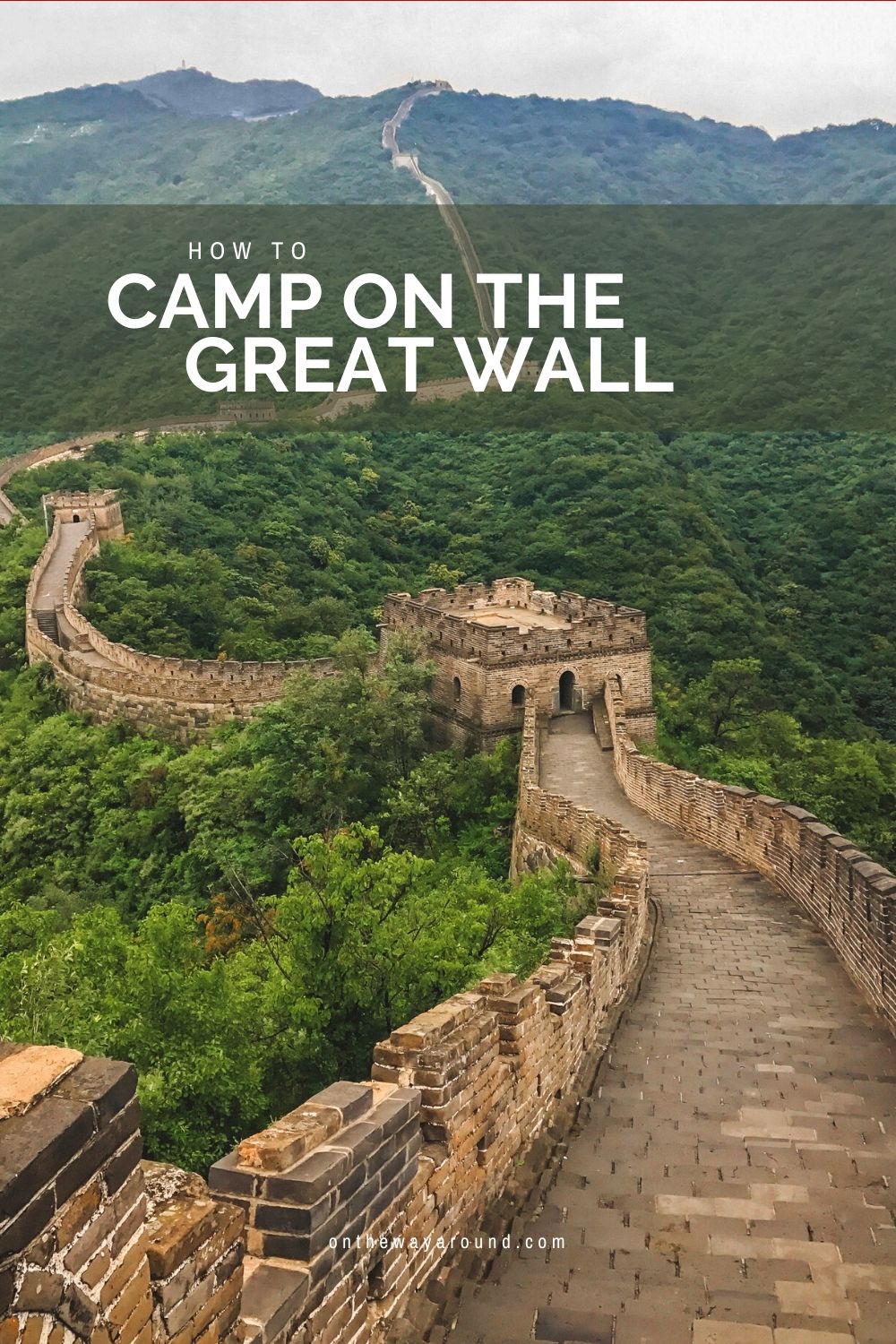
Yay transparency! There are affiliate links in this guide. If you book or buy something using my links, I’ll make a bit of money at no extra cost to you.
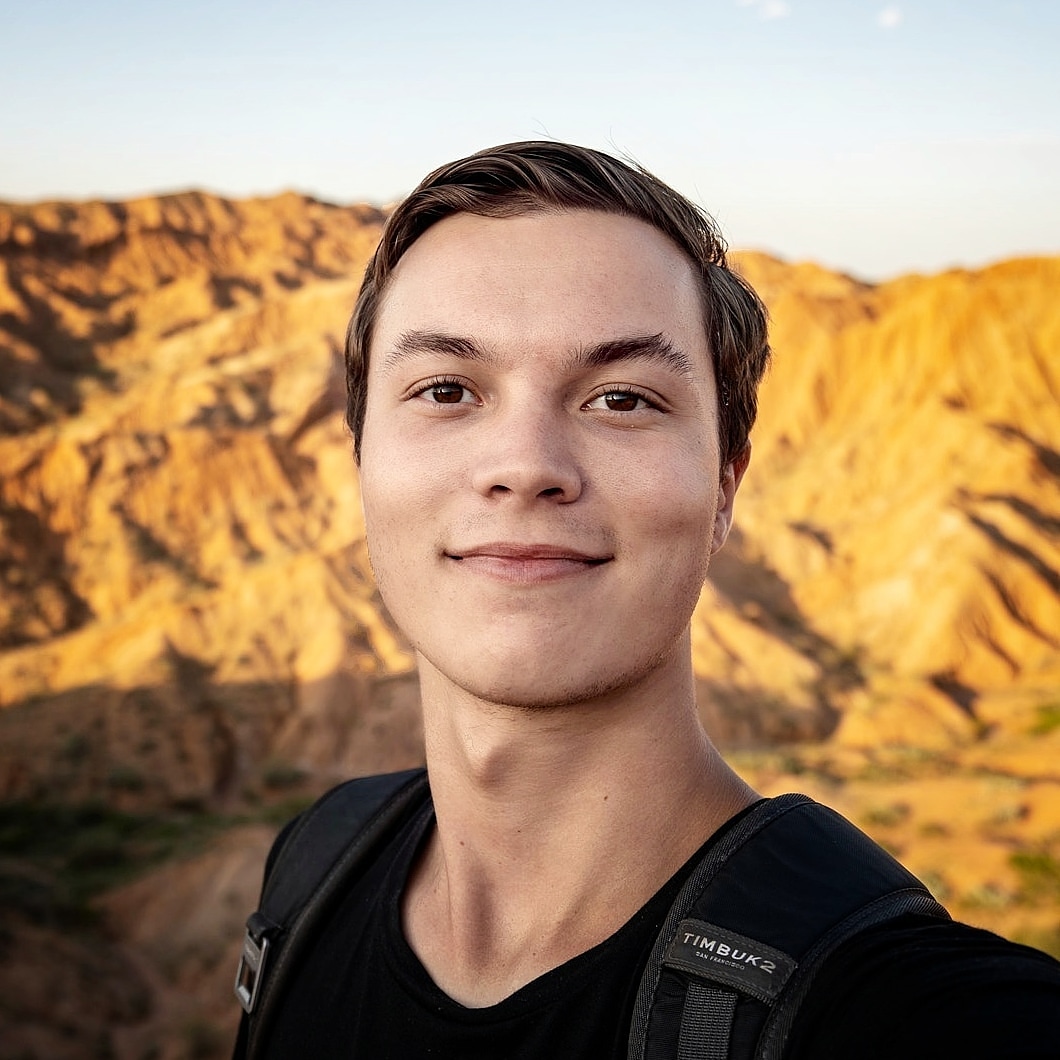
21-year old Canadian dude who loves to visit off-the-beaten-path places, climb tall mountains, and try delicious foods.

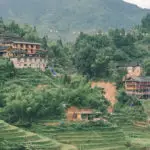
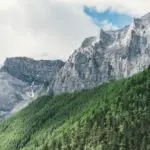
Hi, Jacob! It’s a great share. Actually I have a plan to visit this Jiankou Wall before winter. I also plan to camp a night on the wall. How was the wind up there? Could you set the tent’s bolts properly on the wall?
Last night I camped at the Ming Tombs Reservoir. It was windy and raining all night long. I couldn’t set the bolts properly due to the hard soils, so I used some rocks to keep my tent survive thru the storm.
Regards,
Greeting from Indonesia!
Goffar
A Student of North China Electric Power University, Backpacker, Hiker
Hey there!
It was actually pretty windy up on the wall, especially because I was camping at the very top of the Ox Horn Ridge. It’s not very easy to use tent pegs up there, so I’d recommend having a freestanding tent. With a freestanding tent, as long as you’ve got your pack & yourself inside it’ll stay on the ground.
Hope that helps!
Hey Jacob,
thanks for this guide on how to camp on the wall. My girlfriend and I followed the instructions as best we could and had a great time camping on the wall, it was an incredible experience.
Hey Matt, glad I could help you have an awesome time!
Safe travels 🙂
Hi, Jacob! It’s a great share
I have question
-Do you travel alone? Do you think ,I can go alone?
-Need to buy a local tour?
-When do you go?
sincerely.
Hey Jol, glad you like the post!
I camped on the Great Wall completely alone, and it was fine. It’s quite peaceful being up on the wall and having it all to yourself 🙂
You don’t need to go with a tour, you can do it independently if you follow the instructions in this post. But, tours are also an option if you’re looking for the easiest and most straight-forward trip.
I went in late July. You can go at any time of year, but I would be careful in the winter. There may be snow or ice on the wall making things dangerous (and it will be cold, so bring appropriate gear).
Hope this helps!
Hey Jacob,
I went last week with my girlfriend and it was amazing! We were not able to find the bus numbers you mentioned, maybe it already changed? We took bus 916 to Huairou (stop Qing Chun Lu Bei Kou) and from there a Didi to Xizhazi for 80 rmb.
Really nice desolate stretch from the Zhengbeilou Tower to the Mutianyu section. We had to climb a wall to actually get to the Mutianyu section, a local guide already warned us for this (new?) wall but told us it’s fine to climb over. Seeing locals selling souvenirs just outside of this wall was a funny reassurance of this.
Thanks for your tips! Was a really nice way to go off the beaten track.
Best,
Peter
Hey Peter!
Thanks for the update regarding the buses! I’ll update the article shortly 🙂
Glad to hear that you had a good time, safe travels!
Hello jacob i am planning on going for an overnight camping on the wall this month but i am afraid that jiankou would not allowed NOW for tourists
is it a good way to plan to go to jiankou starting from Mutianyu ! i mean do it the reversed way !
I’m not quite sure what you mean by not allowed ‘now’?
It could be possible to do it the other way around, but you don’t really want anyone seeing you hop over to the Jiankou section.
Make sure to have a warm sleeping bag if you’re camping on the wall in November. It’s gonna be cold!
Hi, Amira!
I went to Xizhazi Village and got a chance to visit the Great Wall thru the Zhenbeilou Tower on November 9. I went alone spent a night with a Chinese boy I met. It was really windy and raining all night long, so we camped inside the Zhenbeilou Tower. It was super cold up there, and the rain brought snow to the peaks around Great Wall. Lucky me to see this wonderful scenery. I cancelled my plan to return from Mutianyu because it was too slippery. I descent thru the way I ascent in the prev day.
Hope this helps!
Glad to hear that you had a successful trip!
Safe travels 🙂
A masterpiece on how to walk the Great Wall. We are a family of six with two youngsters and two seniors. Different from others, we definitely needed help to make a plan to fit us. We had a great camping night. The grandma could hardly walk but she made, so was our little girl at 5. We love the Great Wall experience we had. I strongly recommend everyone to try sleeping on the Great Wall for one night. That was a sweet memory!
As an average joe, I couldn’t afford a private camping tour, nor did I want to risk myself to look for some DIY during my first trip to China last year. I found a really affordable group hiking and camping tour and had my dream come true. But I camped at Gubeikou instead of Jiankou. I found Great Wall Adventure Club’s group camping program, and I just paid less than $200. I am 53, so I wasn’t in the stage of being too adventurous. I heard each year there were accidents at Jiankou, so I chose to go to Gubeikou, a much safer part of the Great Wall.
Awesome! Glad to hear that you managed to camp on the wall 🙂 I’ll have to check out the Gubeikou part of the wall next time I’m in Beijing.